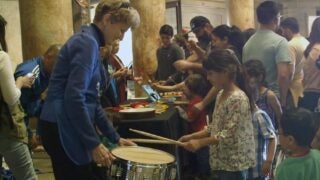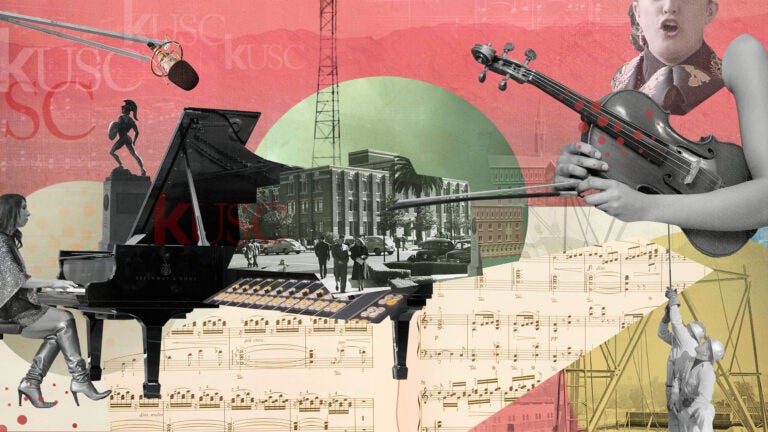
Illustration by Dana Smith; Collage photos courtesy of Lydia Daniller, Greg Perez, and USC Special Collections (Hancock Foundation Building and Tommy Trojan)
How USC made classical music cool again
USC’s radio stations reach the largest classical music audiences in the country. The DJs, listeners and collaborators of Classical California talk about how that happened — and what makes classical music a valuable part of Trojan life.
“They got a vibe that just feels right.”
That’s how Brian Lauritzen describes his first reaction to KUSC-FM’s programming when he tuned in two decades ago as a 20-year-old in Tennessee. A trained cellist and journalist, he knew he wanted to work in radio, but where? Lauritzen listened to streamed programs on the internet around the country — “And I kept coming back to KUSC.”
The way the hosts talked about music was so compelling, he says, that it inspired him to apply for a job at KUSC — and then move across the country when he got it. Since then, Lauritzen’s role at the station has evolved. He now hosts the weekday afternoon drive on Classical KUSC, nationwide concert broadcasts of the Los Angeles Philharmonic and the choral music program A Joyful Noise.
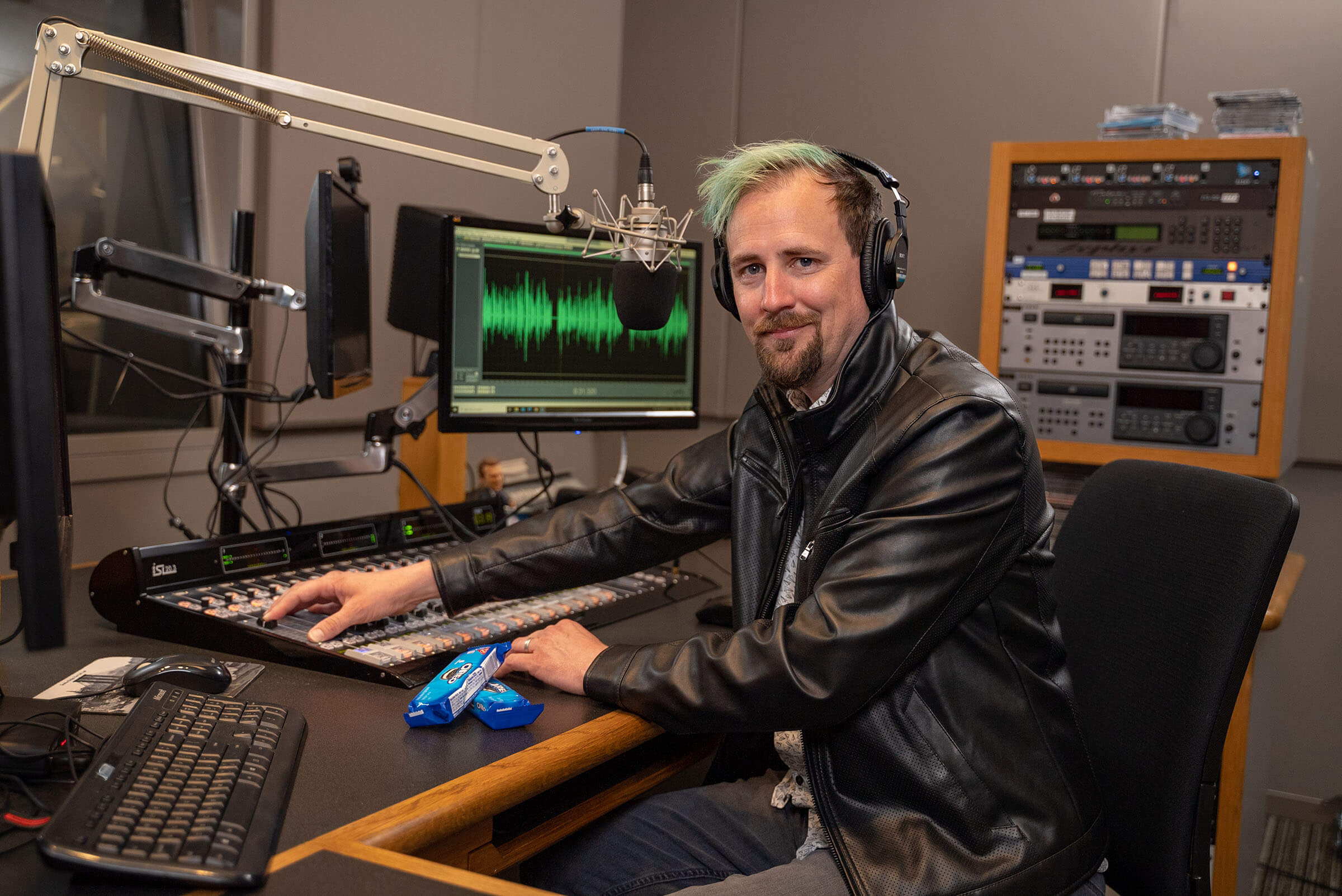
KUSC has grown as well. In 2011, USC acquired KDFC in San Francisco and expanded the classical network to 10 cities, including Palm Springs, Santa Barbara, San Luis Obispo, Ventura, Oxnard, Monterey and Ukiah. The radio network known as Classical California now reaches around 1.5 million listeners per month. KUSC alone has the largest classical radio audience in the country, reaching more than 900,000 listeners each month over the air. KDFC and the other stations add another 500,000 radio listeners, with an additional 185,000 from the Classical California online streams online.
Part of what makes it so popular, Lauritzen says, is the vibe — which he now attributes to where it is. “California is at the leading edge of the arts in this country and at the leading edge of what classical music organizations are doing,” he says. “KUSC is part of that; there’s an openness and curiosity about ideas here. We’ve always been interested in what’s new, what’s next, and what’s the way forward. That shows up in the way we talk about classical music.”
KUSC’s Trojan roots
In 1946, thanks to a gift from USC alumnus George Allan Hancock, an oil magnate and cello player for the Los Angeles Symphony Orchestra, the university built a 250-foot radio tower atop the Hancock Foundation building on campus. Students began broadcasting on Oct. 24, 1946, on an FM band that was so new they identified themselves as “Frequency Modulated KUSC Radio.”
The broadcast was limited to a 10-mile radius from the USC campus, but more than 1,000 students nationwide applied for admission to the USC radio department. According to the publication Radio Life, USC was “the first privately endowed institution in American educational history to own and operate its own radio station and the first to operate both AM and FM stations.”
Throughout those seven decades, KUSC has created opportunities for local communities to access classical music in novel ways. KUSC has broadcast the performances of the Los Angeles Philharmonic since 1978, as well as Los Angeles Opera, Pacific Symphony and many other local groups. The station also sponsors the concert season of the Inner City Youth Orchestra of Los Angeles and hosts interactive events at the Watts Learning Academy and schools in Berkeley, Calif.
Discovering new classical music
“Our charge … is to make sure that our playlist reflects [California’s] community and diversity,” Lauritzen notes. The station plays music by living composers and carefully curates programs to reflect that charge.
“There’s tons of great music out there that hasn’t had a wider audience because of historical reasons,” he says, citing compositions by female or Black composers from the 18th century that were largely suppressed. “We’re still in the discovery process for a lot of that music.”
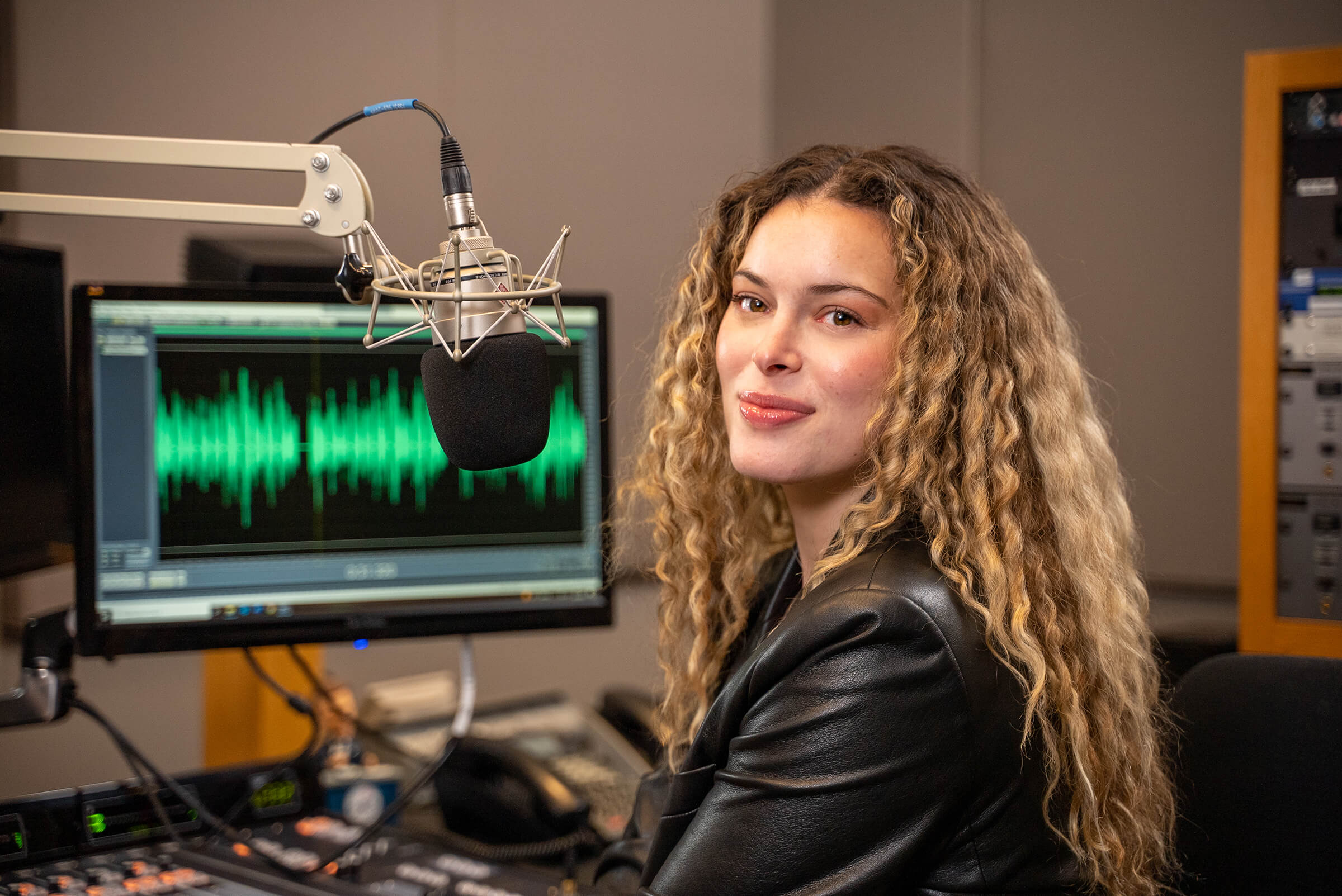
Nuestra Música, which plays classical music from Spanish-speaking countries and is streamed in Spanish and English, is one such program. “It’s an honor to expose people to music from parts of the world where they thought classical music didn’t exist,” host Brisa Siegel says. “So many listeners have told me, ‘I’m so glad I can understand the context of what I’m listening to.’ That [reaction is] so refreshing.”
That philosophy extends to drawing new — and younger — audiences, including Trojans.
On Oct. 31, Classical California launched an on-demand web stream called Arcade to explore the intersections between video game music and classical music. Instead of polarizing audiences, it has brought gamers and older audiences together to discover new music. In The New York Times, Arcade host Jennifer Miller Hammel, an opera singer who also hosts KUSC’s The Morning Show and The Opera Show, said, “Our big mission statement is ‘nurturing a love of classical music for all,’ and I take that ‘for all’ portion of the statement quite literally.”
Discovering Trojan musicians
In October, the station partnered with the USC Thornton School of Music to launch a concert series called In the Halls of Thornton. The program spotlights compositions by faculty and performances by students. “It’s a resparking of a program that Thornton had at KUSC many years ago,” explains Cristian Grases, professor and vice dean of the USC Thornton classical division.
This year’s performances, which include music from ensembles, concertos and solo compositions, were recorded in 2021 and 2022; next fall’s show will feature performances from 2023 and 2024.
Broadcasting USC Thornton’s “greatest hits” to worldwide audiences through the Classical California network of stations is not just a point of pride (“We’re so proud of the level of music-making we do at the school,” Grases says); it also motivates students. “The show has ignited [in them] a passion for having the best possible material for recitals and concerts.”
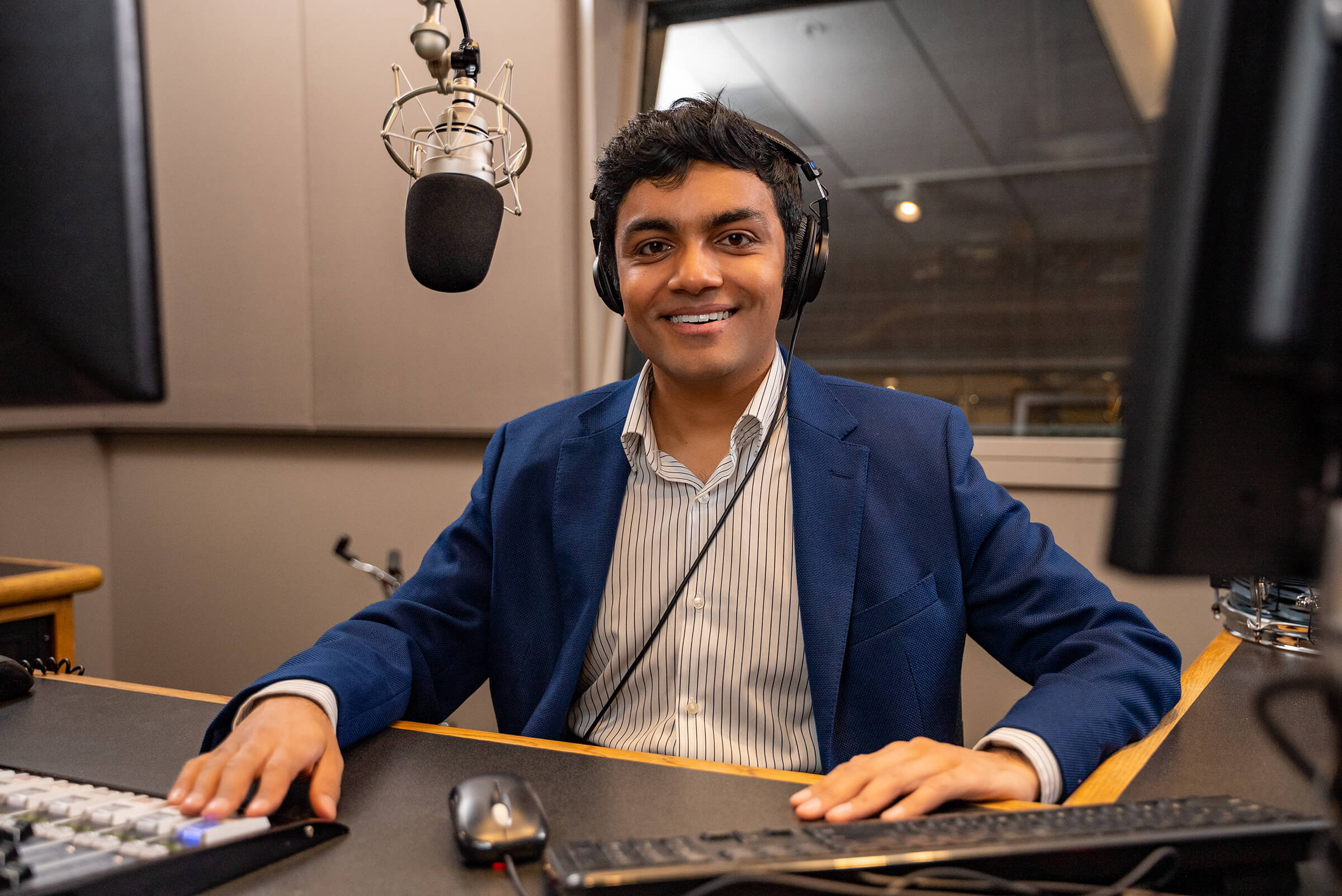
“I’ve always liked how KUSC goes the extra mile to present classical music in a way that also tells stories,” Grases says. With ‘In the Halls of Thornton,’ KUSC highlights a different aspect of the music school in each show. “Telling the story of a particular student or faculty member with performances and recitals — using a narrative — makes the music more compelling,” he adds.
Host Suraj Partha, who graduated from USC Thornton in 2019 with a bachelor’s in jazz, agrees that sharing Trojan-made music on air is a great way to showcase USC. “Being connected to USC brings a lot of youth into [KUSC],” Partha says. “It’s a reminder that young people are making this music right now, and we play some of it. We also play some of their teachers’ music on air because they’re really important professionals in the field.”
Working at KUSC makes complete sense to Partha as a Trojan. “The university educates people, then tells students to go out into the world and make an impact,” he says. “That’s exactly what we do at KUSC — we provide a service for our listeners.”
“Whether that means helping them calm down on their way to work, going to sleep, or during important moments in their life,” Partha adds. “We’ve had amazing, touching stories about people’s experiences of grief or joy when they’ve connected that with a piece of music on our airwaves. Those are all things that we do.”



